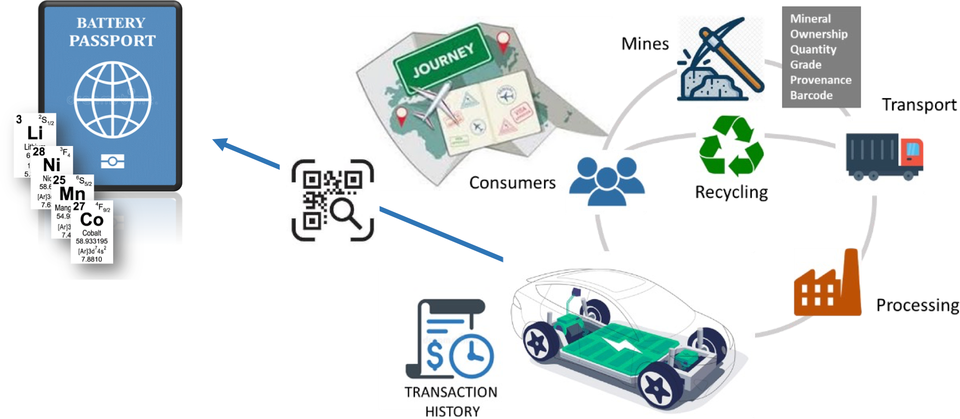Summary
Digital battery passports (DBPs), if implemented on a large scale, can provide the electric vehicle battery community with valuable data to support sustainable battery management, reduce waste, and minimize disruptions in the supply chain. The goal of this project is to identify challenges and opportunities to the implementation of DBPs for material traceability to enable the circular economy within the transport sector.
Description

End-of-life issues associated with EV batteries (EVBs) are estimated to have a steep rise in the coming decades. Given the finite nature of material resources worldwide, developing a circular EV batteries (EVB) infrastructure is needed to keep high value battery materials in the economy, therefore, reducing the environmental and social impact and minimizing disruptions in the supply chain due to potential shortage of critical and conflict minerals.
Digital battery passports (DBPs) are emerging as a digital technology to provide stakeholders with data in support of the sustainable management of batteries. DBPs can contain information about the ESG performance, manufacturing history, provenance, and so on. While the concept of DBP has recently gained a lot of traction, there are currently many challenges that hinder its realization.
Understanding challenges holding the development of DBPs represents a great opportunity for NIST to play a key role in building a circular electric vehicle battery infrastructure. Currently, we are overviewing the peer-reviewed literature to assess the current state of the art for DBPs and identify challenges and opportunities to the implementation of DBPs.

